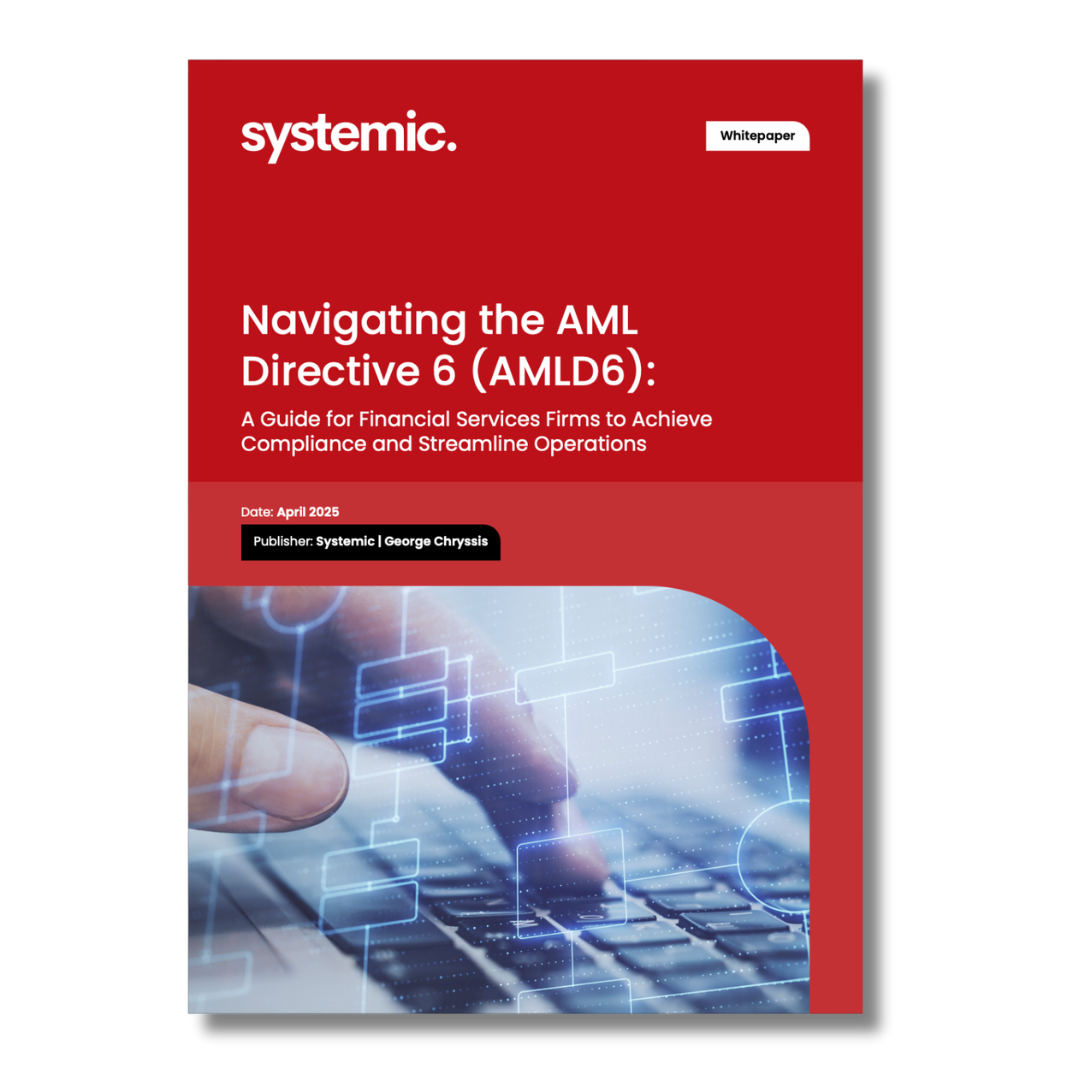Generative AI is a tool and like any tool, its value depends on how you use it. With every privilege comes a responsibility, and AI is not an exception to this principle. What do you want to achieve ultimately? What would you like to do with this technology? Are you primarily interested in accelerating processes? Or are you trying to find new concepts waiting to be unearthed? These type of questions Fund Managers should answer before making any further move on their strategy.
In this article we will delve into the most important areas of financial risk management where AI has the most impact.
Introduction
The use of AI in financial risk management allows financial firms to be more proactive in possible threats. Predictive analytics enhance decision-making through data-informed intelligence for possible risk situations, whereas automation based on AI simplifies manual risk management functions, making errors and operational expenditures significantly smaller.
But as said before, privilege always entails responsibility, and there are indeed concerns and issues on incorporating AI in financial risk management. Concerns regarding cybersecurity, algorithmic bias, data quality, and regulatory compliance have emerged as financial institutions increasingly depend on AI technologies.
To ensure that AI is used responsibly in finance, it is critical to address the ethical considerations that come with this technology, specifically those related to transparency and accountability.
So, what’s AI’s impact? Let’s break down the most important ones.
Predictive Analytics
Predictive analytics in financial risk management is employed to forecast future risks, identify trends, and inform decision-making. The informative data allows financial institutions to construct more effective risk-mitigation strategies by allowing them to know where problems may arise before they actually do. Consistent with the process of decision-making, fund managers have the opportunity to make strategic yet informed decisions using data-informed insights derived from predictive analytics.
In the fast-paced realm of today’s finance, the importance of ongoing monitoring and real-time risk assessment cannot be overstated, and it is predictive analytics that aids in these endeavors. As these models encounter an increasing volume of data, they steadily improve over time, honing their ability to adapt to the ever-evolving market conditions and emerging threats.
AML and KYC
AI plays a crucial role in strengthening Anti-Money Laundering (AML) process by automating and tracking clients’ financial profile and activities.AI creates profiles and flags clients whose behavior deviates from their usual patterns using advanced modeling, thereby detecting possible risks. Machine Learning algorithms have the ability to identify unusual transactions in real time, allowing earlier and more precise fraud detection by recognizing subtle transaction behavioral changes that traditional systems overlook. This involves analyzing transaction volume, velocity, and value to detect these suspicious patterns that can indicate money laundering.
According to Know Your Customer (KYC) process, AI helps detect potential fraud before a client is onboard. Machine learning algorithms scan public records, government watchlists, and global databases to check if a potential client is linked to criminal activities or has a history of financial misconduct. By comparing the client’s profile with those of known fraudulent entities, AI models can determine the likelihood of fraud or money laundering, assisting in ensuring that only legitimate clients are onboarded. These actions enhance the speed and accuracy of KYC process and significantly reduce the risk of onboarding individuals involved in illegal or high-risk activities.
Regulatory Compliance
The financial industry is heavily regulated, and compliance is a huge deal. As legal frameworks vary widely, keeping up with constantly changing rules and regulations can be tricky. One of the most significant impacts of AI-powered compliance systems is their ability to help financial firms break down complex and new regulations, enabling fund managers to focus on their core expertise and generate precise reports tailored to a client’s specific needs using their based software. Natural language processing (NLP) algorithms can analyze regulatory documents and extract key insights, helping humans stay updated with the latest compliance obligations offering them actionable insights. Moreover, AI-driven solutions can reduce the workload on compliance officers and minimize the risk of human error. While AI cannot replace human oversight in regulatory reporting, it can significantly enhance accuracy, efficiency, and compliance monitoring.
Automation
By using AI to automate processes, managers can focus on high-level risk management strategies initiatives while reducing operational costs and processing information more quickly. Automation is used in financial risk management to maintain compliance, perform transactions, monitor risks, produce reports and lower the possibility of human mistakes. KYC and AML are common examples of AI automating regulatory compliance checks. As AI continues to evolve, we can expect even more sophisticated automation capabilities that streamline financial risk management further.
Yes, there are issues that have to be resolved. Though AI has immense benefits, financial organizations have to overcome ethical concerns, data security, and the complexities of regulatory adherence to use it responsibly.
Conclusion
Despite the challenges, AI’s role in financial risk management will only increase. As technology evolves, AI will become more accurate, efficient, and valuable in detecting and averting financial risks. Financial institutions that embrace AI will have an edge over their competitors, but those that resist may get left behind. AI has the potential to completely transform the financial sector with continued development and an emphasis on moral application.
At the end of the day, AI isn’t replacing human expertise—it’s enhancing it. By working alongside AI, financial professionals can make smarter, data-driven decisions that support businesses and investors alike.
Resources:
- Centelli (2025) AI in Financial Risk Management: Robust Control & Smarter Decision. Available at: https://centelli.com/ai-financial-risk-management/ (Accesses: 15 February 2025)
- Adedeji, M. I. and Obansa, M. S. (2024) ‘The Impact of Artificial Intelligence on Financial Risk Management’, IRE Journals, 8(2), pp. 942-952. Available at: https://www.irejournals.com/formatedpaper/1706188.pdf (Accessed: August 2024)





